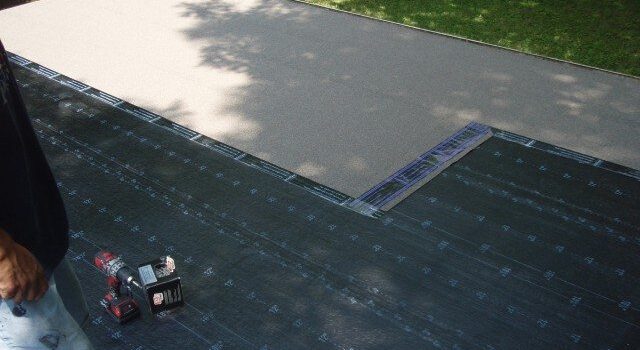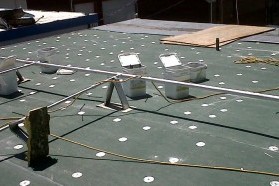 A flat roof is a type of covering of a building. In contrast to the sloped form of a roof, a flat roof is horizontal or nearly horizontal. Materials that cover flat roofs typically allow the water to run off freely from a very slight inclination.
A flat roof is a type of covering of a building. In contrast to the sloped form of a roof, a flat roof is horizontal or nearly horizontal. Materials that cover flat roofs typically allow the water to run off freely from a very slight inclination.
Traditionally flat roofs would use a tar and gravel based surface which, as long as there was no pooling of water, was sufficient to prevent penetration. However, these surfaces would tend to fail in colder climates, where ice dams and the like could block the flow of water. Similarly, they tend to be sensitive to sagging of the roof reversing the subtle grading of the surface.
Legacy Roofing EPDM Flat Roofs
Modern flat roofs tend to use a continuous membrane covering which can better resist pools of standing water. These membranes are applied as a continuous sheet where possible, though sealants and adhesives are available to allow for bonding multiple sheets and dealing with structures penetrating the roof surface. Far more expensive flat roof options include sealed metal roofsusing copper or tin. These are soldered interlocking systems of metal panels.
Flat roofs tend to be sensitive to human traffic. Anything which produces a crack or puncture in the surface can quite readily lead to leaks. In other words, this sort of roof has a major weakness to failure from subsequent work done on the roof – such as upgrading building HVAC systems and so forth. It is thus not generally advisable to use a flat roof as a living area unless steps are taken to protect the roofing membrane from those using the area, for example, by building a wooden deck over the surface or using paving stones or similar materials to protect the roof membrane. It is not advisable in general to have living areas directly under such a roof either, due to the high likelihood of eventual leakage.
Call Legacy for a Free Flat Roof Estimate
One of the more interesting (re)emerging methods of protecting the roofing membrane is to use a layer of topsoil and grasses. Care should be taken not to plant anything the roots of which will penetrate the membrane surface. The green roof interestingly enough, tends to trap moisture on the roof, but keeps it up in the soil and plants, rather than having it pool down on the membrane surface.
Call Legacy for a Free Flat Roof Estimate. 720-541-5000


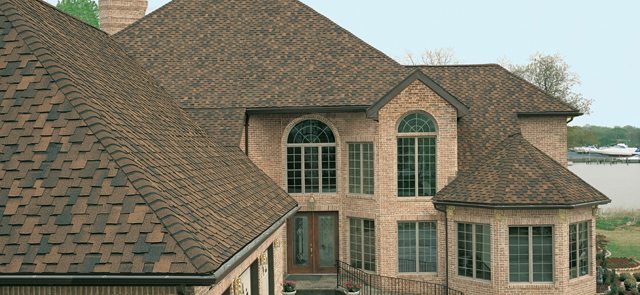
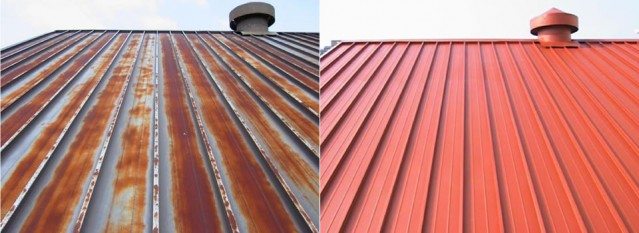

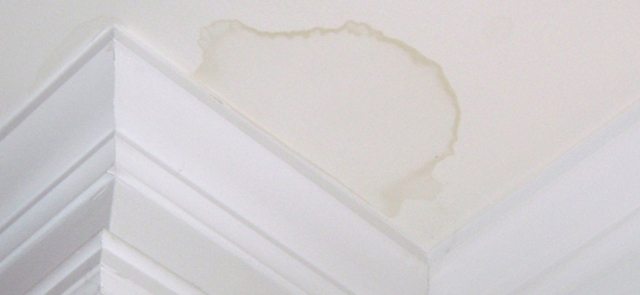
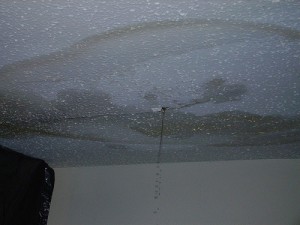 Treat a leaking roof as an emergency, because it can wreak havoc in your house in a very short time. Attend to any signs of a roof leak, such as water entry, stains or mold, immediately to limit damage. Locate the leak from inside and then take steps to control the damage until you can have a suitable outside inspection and repair done.
Treat a leaking roof as an emergency, because it can wreak havoc in your house in a very short time. Attend to any signs of a roof leak, such as water entry, stains or mold, immediately to limit damage. Locate the leak from inside and then take steps to control the damage until you can have a suitable outside inspection and repair done.